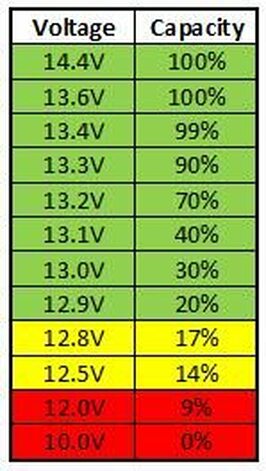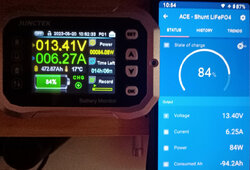Tomthumb62
Solar Wizard
- Joined
- Sep 25, 2022
- Messages
- 1,871
Basically all I was saying was how well the 712 did on about everything one could want and more… that thing is one of the true “feel good purchases” in solar gear…
Every Victron piece I have gives me that “feel good purchase feeling”.
Renogy gave me headaches.
Victron gives me peace.
I’m not usually a brand fan, but in case, I am.





